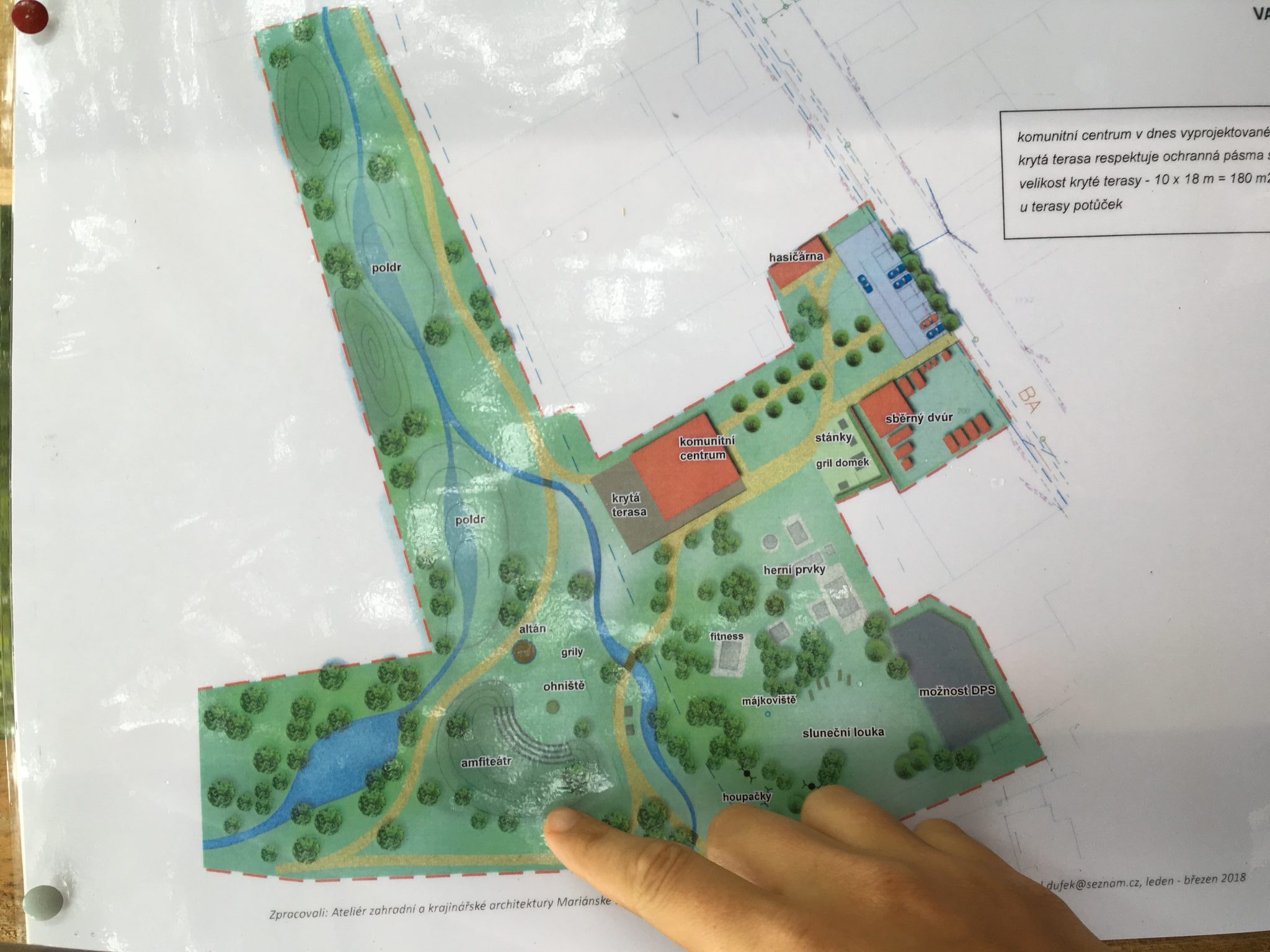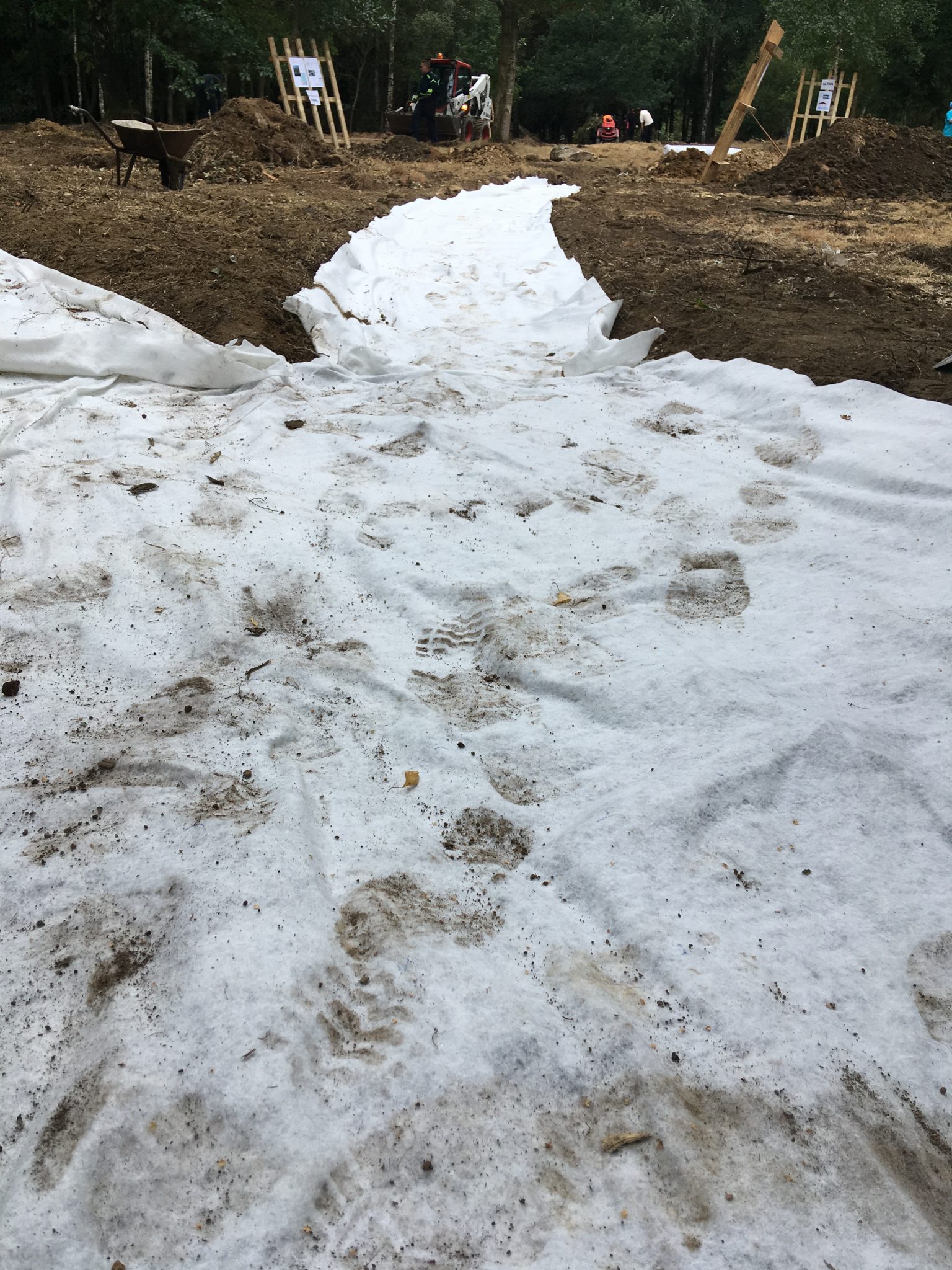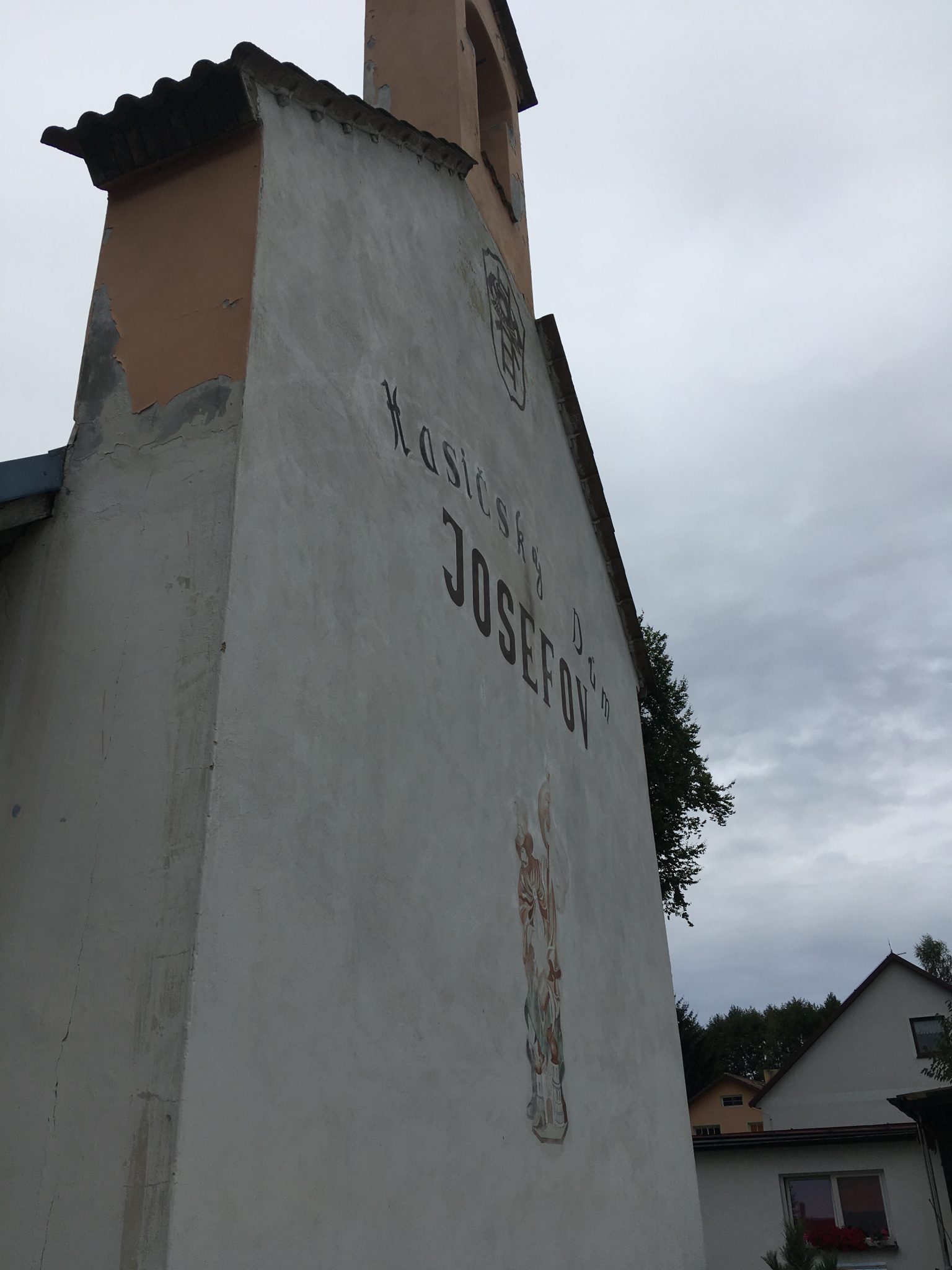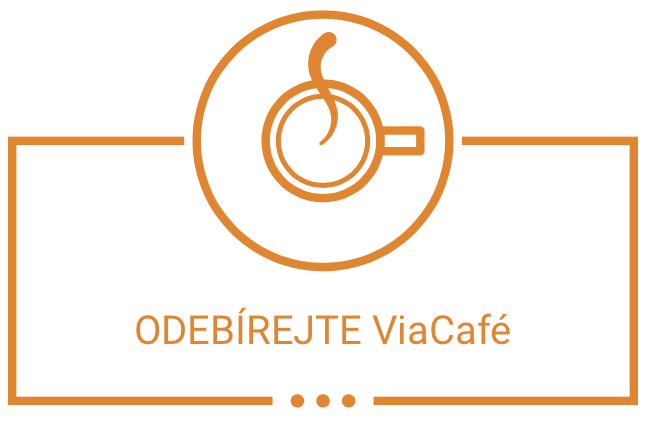The CEE partner organization network is a new regional grouping of seven civil society support organizations from six CEE countries. The main objective of the CEE partner organization network is to strengthen and develop local communities in the Central and Eastern Europe region. The member organizations seek to improve their support of local communities by learning from each other and with each other. Member organizations agreed that it is very valuable for them to exchange their community practice and as one of the ways how to do it is exchange site visit. This time we would like to share with you impressions of Kitty Boda from Hungarian HACD.
In the morning of the third day of my exchange visit, we drowsily travelled to Josefov. After getting out of the car at the main square of the village, I saw a busy crowd (including children and pensioners) restoring the town park together. Everybody had his or her own role, somebody had brought home-made cookies, others had made goulash, women painted signs and the mayor planted shrubs.
In the still scruffy-looking park I saw photos showing how it would look like in the near future – a new playground under a tree, an amphitheater and a stream. According to the pictures, it seemed to be a long process.
When the locals noticed us, some of them came over to welcome us, show us everything they were working on and discuss the event. I could see that Via’s team and the locals knew each other well and then I recognized the Via team in the photos from earlier in the project, sitting around a table and planning ideas with the locals.
The local leader said a lot of things had changed. A year ago, in this small village near Karlovy Vary, there had been a huge rift between locals. There had been two groups: on the one side a group of people who sought to preserve their way of life and on the other side people who wanted (to) change. But when I visited, I didn’t notice any conflicts. But what really happened here? The answer is that Via happened.



And in that moment I put the pieces together and understood how Via’s strategy works. During the first two days of my visit I had heard a lot about it. According to the presentations by Via staff, thanks to their successful fundraising the organization is able to operate through individual and company donations and uses this money to support changes in the local communities. They give grants (including financial support and sharing of professional knowledge) to develop local communities which suffer from this issue. Like in the case of Josefov.
From theperspective of my organization, the Hungarian Association for Community Development (HACD), the development part of the concept (i.e. to facilitate in communities, to mobilize people, to make dialogue between sectors) is well-known, but in Hungary the donor has typically been the government. But because the Hungarian political climate has now changed, this model is not working anymore. The new context makes Via’s fundraising very relevant.
Author: Kitti Boda



